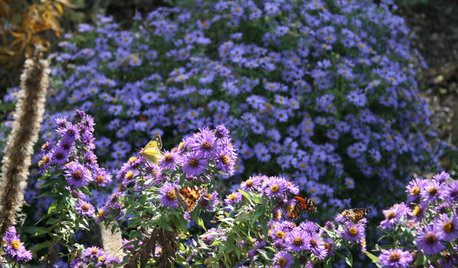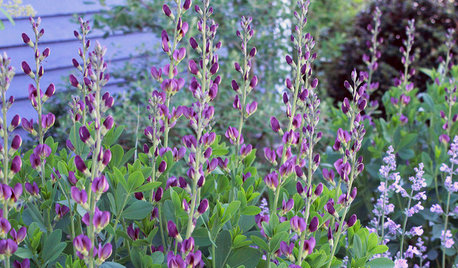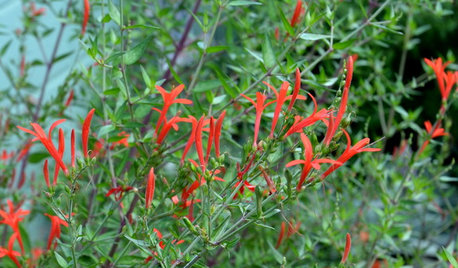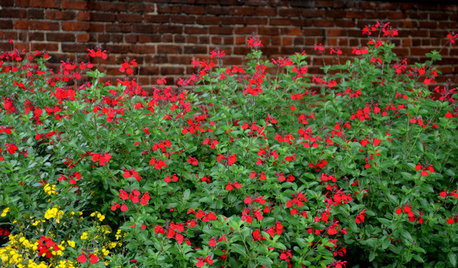Your best natives for butterflies?
christie_sw_mo
13 years ago
Related Stories

FLOWERS15 Native Flowers That Attract Butterflies
By picking plants from this list that are right for your location, you’ll get colorful blooms and support pretty pollinators
Full Story
GARDENING FOR BUTTERFLIES7 Native Wildflowers to Make You an Awesome Butterfly Host
Offer the leaves of these and you’ll get more butterflies than with flower nectar alone
Full Story
GARDENING GUIDESGreat Design Plant: Butterfly Milkweed, a Beacon in the Prairie
Vivacious orange flowers for you, nectar for the butterflies and bees. Asclepias tuberosa is worth planting for more reasons than one
Full Story
GARDENING GUIDESGreat Design Plant: Asclepias Incarnata for a Butterfly Garden
Beautiful swamp milkweed makes it easy to help monarchs and other pollinators in eastern U.S. gardens
Full Story
FLOWERS AND PLANTSHelp Monarchs and Other Butterflies by Planting Common Milkweed
Summer-blooming Asclepias syriaca is an important larval host plant for the monarch butterfly and attracts a number of pollinating insects
Full Story
GARDENING GUIDES15 Native Flowers That Feed Native Bees
These perennials offer superfood to hundreds of bees and are gorgeous in their own right
Full Story
CALIFORNIA NATIVE PLANTSGreat Design Plant: Asclepias Is Attractive to Monarch Butterflies
Increase monarch butterfly populations in California by planting stunning native milkweeds
Full Story
FLOWERS AND PLANTSFlame Acanthus Attracts Butterflies and Hummingbirds All Summer Long
Texas native Anisacanthus quadrifidus var. wrightii peps up drought-tolerant gardens with its dark orange flowers
Full Story
GARDENING GUIDESGreat Design Plant: Autumn Sage Brings Color and Butterflies
Whether you live in the arid desert or the humid South, you'll likely find this deer-resistant beauty as irresistible as winged creatures do
Full Story
GARDENING GUIDES6 Steps to Creating Your Butterfly Garden
Encourage these fanciful winged beauties to visit your garden while helping restore their fragmented habitat
Full Story


mosswitch
dandy_line (Z3b N Cent Mn)
Related Discussions
Native butterfly Weed Seeds
Q
?? - transplanting...butterfly bush, oleanders, native azaleas
Q
Local native butterfly host plant/vine ideas?
Q
WANTED: Cali Natives for butterflies
Q
cactusgarden
river_crossroads z8b Central Louisiana
christie_sw_moOriginal Author
passiflora77
terrene
christie_sw_moOriginal Author
terrene
christie_sw_moOriginal Author
terrene
christie_sw_moOriginal Author
terrene
pseudacris_crucifer
wantonamara Z8 CenTex
billybw